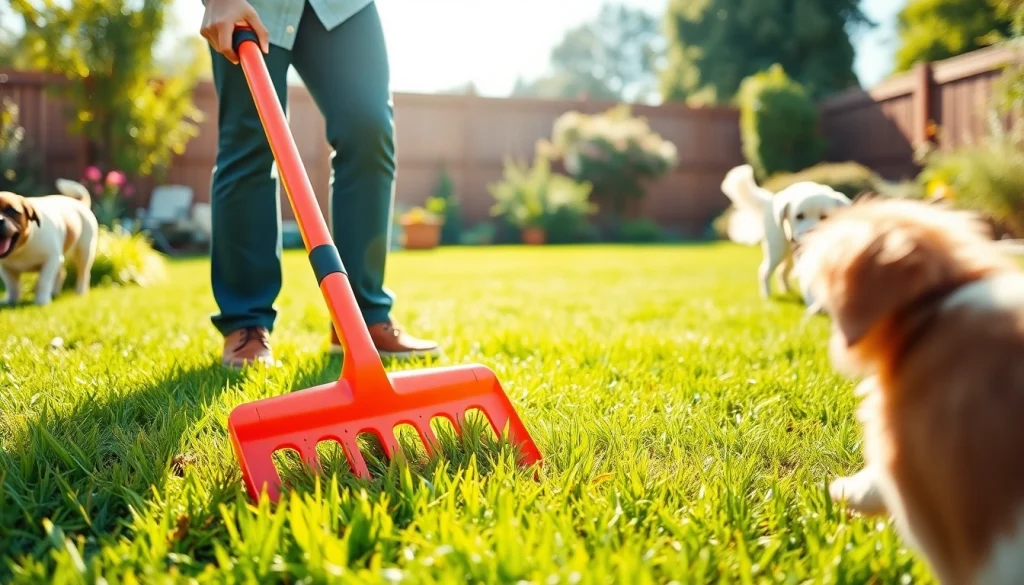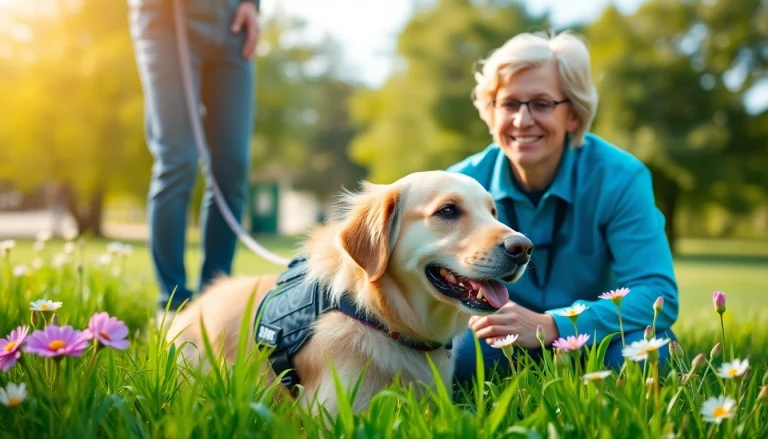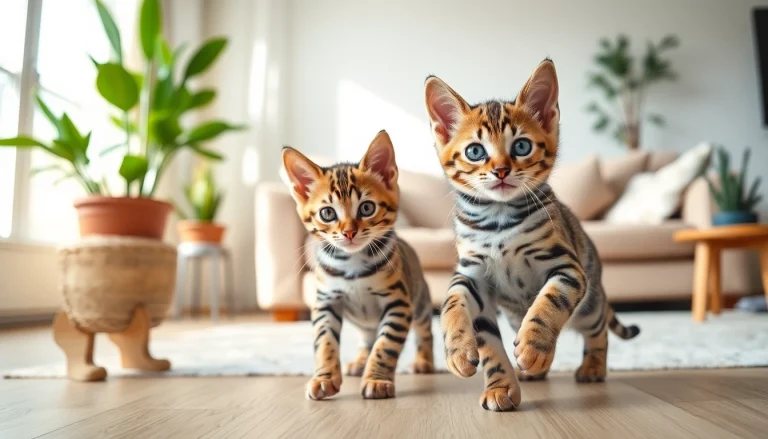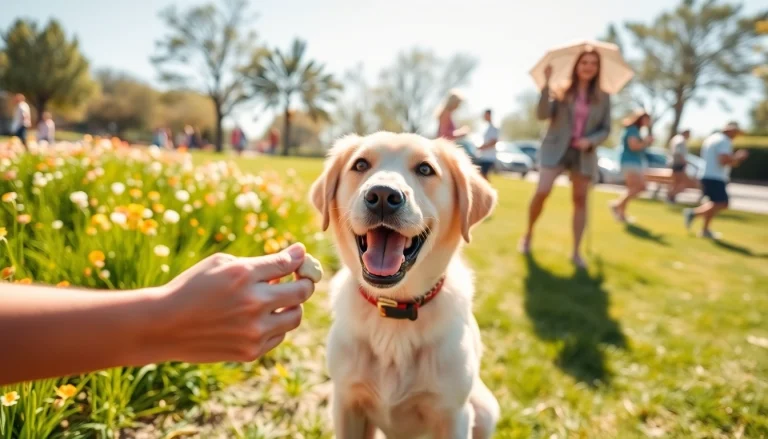
Understanding the Importance of Cleaning Up Dog Poop
Cleaning up after your dog is more than just a responsibility; it’s a crucial component of pet ownership that impacts public health, the environment, and community standards. Neglecting this duty can lead to various issues, from unpleasant odors to health hazards. To truly understand the ramifications of not cleaning up dog poop, we must explore the multiple facets of this topic.
Why It Matters for Public Health
Dog waste can carry numerous pathogens, parasites, and bacteria that pose significant health risks. The most common diseases associated with dog feces include:
- Giardia: A parasite that can cause severe gastrointestinal distress in humans.
- Roundworms: These can cause severe infections if ingested, particularly in children.
- Coccidia: Another parasite that can lead to diarrhea and stomach pains.
When dog poop is left on the ground, rain can wash these pathogens into local water systems, resulting in contamination. This can affect drinking water and recreational water bodies, posing risks to both human and animal health.
The Environmental Impact of Dog Waste
Beyond public health, dog waste significantly impacts the environment. Each year, the estimated 78 million dogs in the United States produce about 10 million tons of poop. If not disposed of properly, this waste can:
- Pollute water sources: As mentioned, rain can wash dog waste into storm drains, leading to water pollution.
- Release harmful chemicals: Dog poop can introduce nitrogen and phosphorus into the soil, leading to excessive algae growth in waterways, which deplete oxygen levels and harm aquatic life.
- Attract pests: Leftover dog waste can attract flies, rodents, and other pests, increasing the risk of infestations.
Legal Considerations and Pet Waste Laws
Many communities have laws requiring dog owners to clean up after their pets. Failing to comply can result in hefty fines. Understanding local regulations is crucial for responsible pet owners. In many places, designated dog parks have poop disposal stations, promoting responsible cleanup. Educating dog owners about these laws helps enhance community awareness and compliance, ultimately contributing to cleaner neighborhoods.
Best Tools and Techniques to Clean Up Dog Poop
Getting equipped with the right tools and techniques can make the cleanup process easier and more efficient. Here’s an overview of the best methods for cleaning up dog waste.
Choosing the Right Pooper Scooper
Investing in a quality pooper scooper can simplify your life as a dog owner. Here are some things to consider:
- Design and Material: Look for a sturdy, lightweight pooper scooper made from durable materials. Metal scoops tend to last longer compared to plastic ones.
- Handle Length: Consider getting a long-handled scooper to avoid bending over, especially if you often clean up in yards or parks.
- Ease of Use: Choose a design that allows for easy pickup and disposal. Many models come with features like a tipping bucket, making it user-friendly.
For example, tools like the “Poop-N-Scoop” offer an effortless design that greatly reduces the physical effort involved in the process.
Cleanup Using Waste Bags
Dog waste bags are an essential item for any dog owner who walks their pets. Here are some tips for using them effectively:
- Always Carry Extra Bags: Keeping a few spare bags in your pocket or car will ensure you’re never caught unprepared.
- Choose Compostable Bags: These are more environmentally friendly and break down faster compared to regular plastic bags.
- Seal and Dispose Properly: Make sure to tie the bag securely before disposing of it in trash bins.
Innovative Tools for Efficient Cleanup
Beyond traditional methods, several innovative tools have emerged to help with dog waste management:
- Dog Waste Digesters: Some homeowners invest in waste digesters that work like miniature septic tanks for dog poop, breaking it down with the help of bacteria.
- Automatic Scooping Devices: New technologies even include automatic scooping options, which can detect dog waste and remove it from your yard.
Embracing technology can sometimes provide more effective solutions, especially for busy pet owners.
Creative Solutions for Poop Disposal
Once you’ve collected the waste, what do you do with it? Here are a few innovative and sustainable disposal solutions:
Composting Dog Waste Responsibly
Composting dog waste can be a viable option if done correctly. It’s critical to maintain proper temperature and conditions to kill harmful pathogens. Here’s how to compost responsibly:
- Separate Bin: Use a dedicated compost bin just for pet waste; don’t mix it with your food compost.
- Mix with Carbon Material: Combine the waste with carbon-rich materials (like sawdust or shredded leaves) to help balance the nitrogen content.
- Heat it Up: Ensure that your compost pile reaches a temperature of at least 140°F to break down the pathogens effectively.
Using Dog Waste Digesters
As mentioned earlier, dog waste digesters offer an efficient and eco-friendly disposal method. They consist of an underground container that uses natural enzymes and bacteria to reduce waste into a liquid that goes back into the earth. These digesters provide an “install and forget” solution for pet owners.
Disposing Pet Waste in Municipal Systems
Many municipalities have specific guidelines for dog waste disposal:
- Trash Disposal: If using traditional trash cans, make sure to double-bag the waste to prevent leaks.
- Flushing: In some areas, it is acceptable to flush small amounts of dog waste down the toilet, though you should always check local laws first.
Staying informed about these options can help keep your community clean.
Handling Tough Cleanup Situations
Despite our best efforts, challenges may arise during dog waste cleanup. Here are solutions for some of the trickiest scenarios:
Dealing with Soft and Wet Poop
Soft poop can be particularly challenging to clean. Here are some tips for effective cleanup:
- Use Paper Towels: Start by using paper towels to blot up as much of the mess as possible.
- Cleaning Solutions: After removing the solid parts, clean the area with a mixture of water and vinegar to reduce odor.
- Follow Up with Disinfectant: Finally, apply a pet-safe disinfectant to ensure the area is sanitized.
Cleaning Up After a Snowy Winter
Winter can make dog waste cleanup a daunting task. Here are strategies to minimize issues:
- Use a Shovel: A long-handled shovel can help break through ice or packed snow.
- Keep a Regular Schedule: Try to clean up as often as possible during winter months to prevent waste buildup.
Removing Dog Poop from Carpets and Floors
If your dog has an accident indoors, follow these steps:
- Initial Cleanup: Use a paper towel or disposable glove to pick up the solid waste.
- Cleansing Solution: Prepare a cleaning solution of dish soap and warm water, applying it to the stained area.
- Blot, Don’t Rub: Use a cloth to blot the area instead of rubbing, which can spread the stain.
For persistent stains or odors, consider using enzymatic cleaners designed to eliminate pet waste effectively.
Maintaining a Clean and Healthy Yard
To prevent overwhelming buildup of dog waste, regular maintenance and responsible pet ownership practices are essential:
Regular Cleanup Routines
Establish a routine that includes daily or weekly cleanups. Consider the following:
- Schedule Regular Walks: This not only helps in creating a habit but also allows for immediate waste disposal.
- Involve Your Family: Make it a group responsibility so that everyone learns the importance of cleanliness.
Integrating Practices in Dog Training
Incorporate cleanup practices within your dog’s training routine. Teaching commands such as “go potty” can help designate areas for bathroom breaks, making cleanups easier. The following tips may assist you:
- Designated Potty Areas: Train your dog to use a specific location for relief, helping contain messes to controlled areas.
- Positive Reinforcement: Reward your dog for following commands related to bathroom habits to reinforce good behavior.
Creating a Dog-Friendly Gardening Space
If you love to garden but own dogs, creating a dog-friendly space can coexist with your gardening efforts. Here’s how:
- Designated Areas: Keep a part of your garden free for your dog to roam while protecting your plants.
- Natural Barriers: Use fencing or hedges to separate your planted area from your dog’s play area.
By striking this balance, you can maintain an enjoyable outdoor space for both you and your pets.






